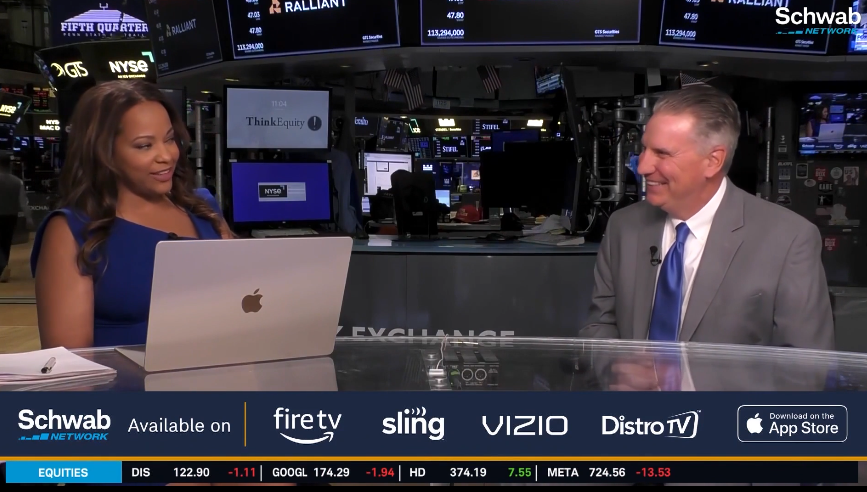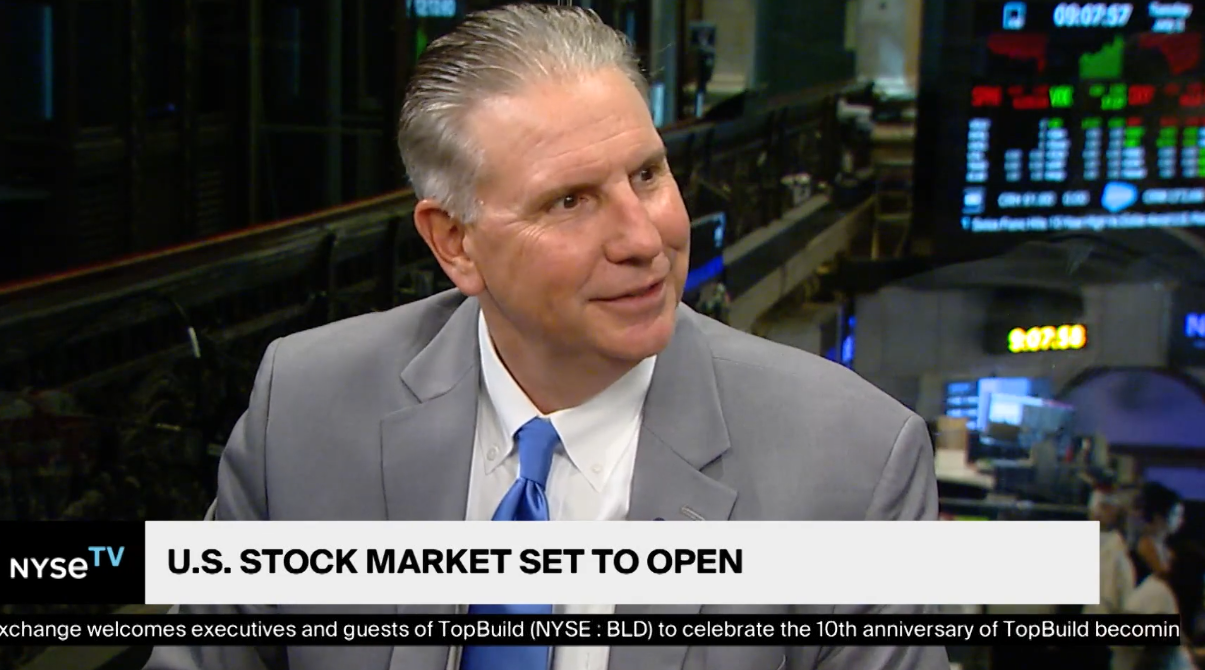
U.S. Stocks hit Record Highs….now what?
The S&P 500 index (S&P 500) and the Dow Jones Industrial Average (Dow) both hit record highs on July 12, 2016 with the S&P 500 reaching 2,152.14 and the Dow climbing to 18,347.67. While some were celebrating these new highs and the extent of this current secular bull market run following the market meltdown of 2008 and ensuing “great recession”, others are concerned that this bull market run may now be a little long in the tooth and that current market valuations may be too high. Hence, we thought it appropriate to provide a historical perspective on current market valuations to help investors answer the valuation question and, in turn, better navigate the markets ahead in 2016.
We will utilize the price/earnings ratio (P/E), which measures the current price of a stock relative to its trailing 12 month earnings per share, as a gauge of valuation for historical research purposes although we could argue that forward looking P/E is more appropriate for viewing current market valuation levels. Starting with U.S. stocks, using the S&P 500 index as a barometer of U.S. large-cap stocks, we can see from the chart and table below that U.S. stocks are currently trading above their longer term average price/earnings ratio (P/E) and above the average P/E that this index has traded at since this current bull market run roughly began in the beginning of 2009.

Data Source: Bloomberg as of July 13, 2016. Past performance is not an indication of future results. Investors cannot invest directly in an index.
Based on this information, it is fair to conclude that the S&P 500, and U.S. large cap stocks by extension, is trading above their historical averages and perhaps some form of a pullback is probable from a technical perspective in the future. However, this does not mean that that U.S. large cap stocks still cannot move higher as several market factors are currently in place that may help U.S. stocks move marginally higher in the shorter term. For example, overseas uncertainty and fears of an “over-crowded trade” in U.S. Treasuries could result in investors turning to low volatility, perhaps dividend paying, U.S. equities when market volatility returns from a safe haven standpoint. It is also important to take note of the forward looking estimates of P/E for the S&P 500 for end of 2016 and 2017. Both estimates suggest valuations becoming “less rich” moving forward and P/E moving below its longer term historical average by the end of 2017. This can be achieved either by an increase in earnings or a decrease in prices over these timeframes.
Let’s now review current valuations of U.S. mid-cap and U.S. small cap stocks. We will use the S&P Midcap 400 index as a proxy for U.S. mid-cap stocks for these purposes.

Data Source: Bloomberg as of July 13, 2016. Past performance is not an indication of future results. Investors cannot invest directly in an index.
For U.S. small cap stocks, we will use the S&P Smallcap 600 index as a proxy for U.S. small cap stocks for these purposes.

Data Source: Bloomberg as of July 13, 2016. Past performance is not an indication of future results. Investors cannot invest directly in an index.
While it is true that the S&P Midcap 400 and the S&P Smallcap 600 indexes, and U.S. mid-cap stocks and U.S. small cap stocks by extension, are trading above their historical averages, the extent of this premium is more than narrow than currently seen with U.S. large cap stocks. Similar to U.S. large cap stocks, both of these index estimates also suggest valuations becoming “less rich” moving forward and P/E moving below its longer term historical average by the end of 2017. This again can be achieved either by an increase in earnings or a decrease in prices over these timeframes.
When considering allocations to U.S. stocks in this environment, investors would be wise in our view, to consider sectors that have historically performed well when the Fed gradually tightened, and to diversify by not focusing just on the U.S. Large Cap asset class alone (i.e. consider allocations to mid-cap and small cap as well) and to not assume that Growth will always outpace Value, especially during extended periods of heightened volatility and low comparable yields.
Disclosure: The overview above is for informational purposes and is not an offer to sell or a solicitation of an offer to buy any of the securities listed. Hennion & Walsh Asset Management currently has allocations within its managed money program and Hennion & Walsh currently has allocations within certain SmartTrust® Unit Investment Trusts (UITs) consistent with several of the themes and asset classes cited above.



